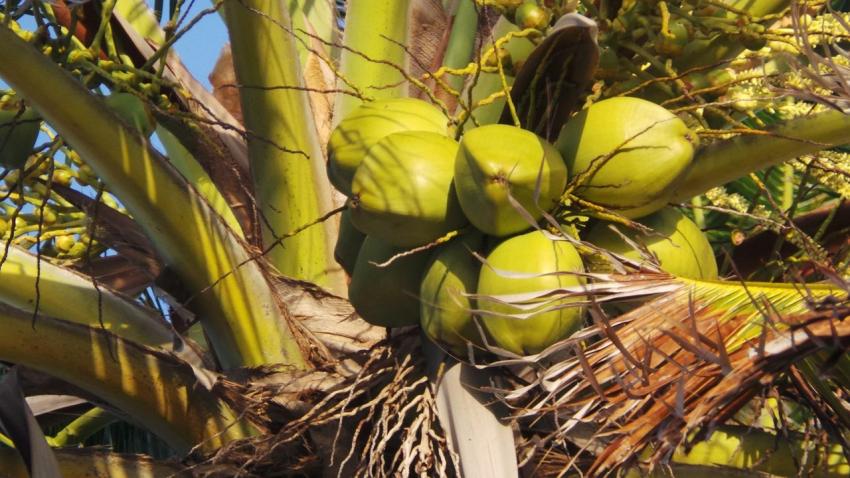Fresh Malaysian Coconuts Secure China Market Access [1]
Submitted by Jing Zang [2] on

On April 30, the General Administration of Customs of China announced via its website [3] that fresh Malaysian coconuts meeting the stipulated phytosanitary requirements would be permissible for import into China.
Malaysia will focus on exporting premium aromatic coconut varieties to China, particularly pandan coconuts, which are celebrated for their distinctive fragrance and natural sweetness. The country is home to approximately 60,000 coconut growers, with smallholders contributing over 80% of Malaysia’s total coconut production. In 2023, Malaysia produced 624,000 metric tons of coconuts [4], including 6,000 metric tons of young coconuts exported overseas. Meanwhile, the country imported over 278,000 metric tons of mature coconuts to fulfill the specific needs of the processing industry, primarily for the manufacture of coconut milk, desiccated coconut and related products.
According to the GACC announcement, coconut orchards and packaging facilities seeking to export to China must obtain approval from the Malaysian Ministry of Agriculture and Food Security and be registered with the GACC. Before each export season begins, the ministry is required to submit a list of eligible enterprises to the GACC for approval and registration, after which the GACC will publish the approved list on its website.
Orchards must establish robust quality management and traceability systems while adhering to good agricultural practices and integrated pest management techniques. The list of quarantine pests of concern includes the mealybug Dysmicoccus lepelleyi, black thread scale (Ischnaspis longirostris), guava long scale (Lepidosaphes tapleyi), passionvine mealybug (Planococcus minor), coconut hispine beetle (Brontispa longissima), and two species of red palm weevil/Asian palm weevil (Rhynchophorus ferrugineus and Rhynchophorus vulneratus).
During the packaging process, coconuts must undergo procedures including the removal of diseased or deformed fruits, sorting, grading and cleaning to ensure the absence of insects, mites, rotten fruits, branches, leaves, roots and soil. The packaging materials for the coconuts must be clean, hygienic and unused and comply with China’s plant quarantine and hygiene requirements.
Additionally, the Ministry of Agriculture and Food Security is required to take random samples of 2% of coconuts bound for China to check for the presence of pests of concern. The sampling rate will be decreased to 1% if there are no quarantine problems for two years. However, the detection of contaminated coconuts will result in rejection of the entire shipment by China, or possibly even the suspension of imports for the remainder of the season.
Image: Pixabay
This article was translated from Chinese. Read the original article [5].
